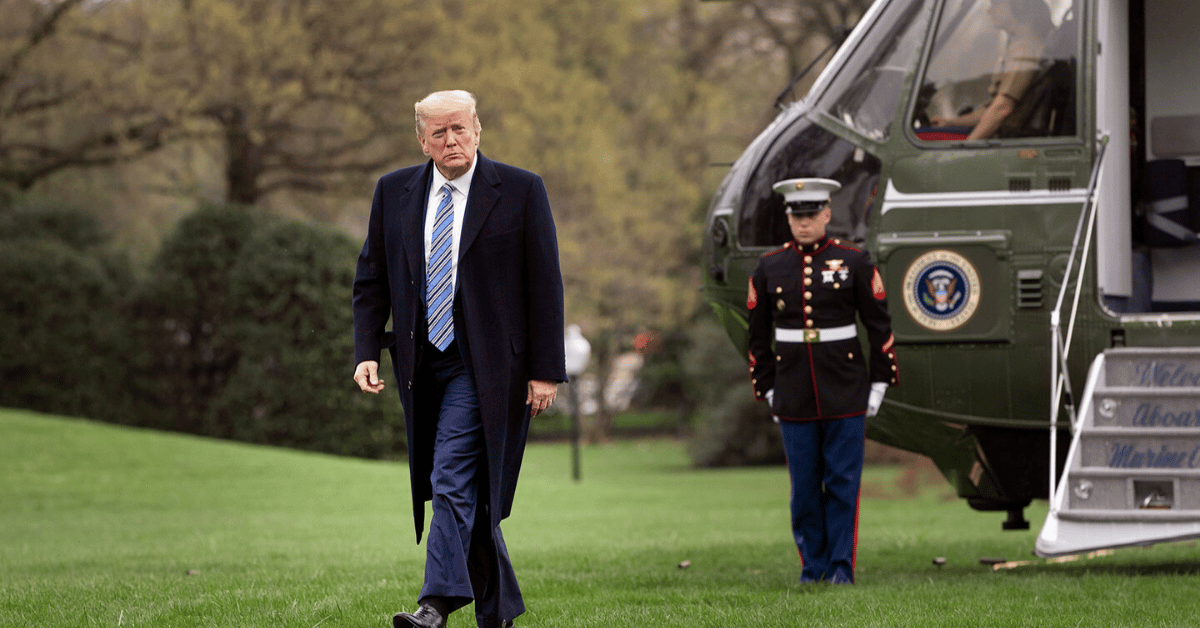



The government shutdown has slammed the brakes on billions in infrastructure projects, leaving major cities in the lurch.
The Daily Caller reported that the U.S. Army Corps of Engineers has been forced to pause roughly $11 billion in projects, primarily in Democratic strongholds like New York, San Francisco, Boston, and Baltimore, while thousands of government workers face furloughs and potential layoffs loom large.
This shutdown, dragging on with no end in sight, started as a budget battle but has morphed into a full-blown crisis for federal operations.
Services nationwide are taking a hit, from delayed infrastructure to disrupted daily functions. It’s the kind of gridlock that makes you wonder if Washington remembers what “governing” means.
The Army Corps of Engineers, caught in the crossfire of this funding lapse, had no choice but to halt lower-priority projects worth a staggering $11 billion.
These aren’t small-town sidewalks—these are major initiatives in urban centers that lean heavily blue. Now, there’s even talk of outright cancellation, which could leave these cities high and dry.
Russ Vought, a key voice in this debate, didn’t mince words on the impact. “The Democrat shutdown has drained the Army Corps of Engineers’ ability to manage billions of dollars in projects,” Vought said. While he’s pointing fingers, it’s hard to argue that this standstill isn’t a disaster for communities banking on these developments.
Let’s not pretend this is just about concrete and steel—thousands of government workers are furloughed, stuck in limbo without a paycheck for now. Sure, they’re promised back pay, but try telling that to a family staring at bills piling up. This isn’t just policy; it’s personal.
Beyond the project pauses, the shutdown has sparked a broader push to trim Washington’s sprawling bureaucracy, with over 10,000 federal employees potentially facing dismissal. It’s a bold move to shrink government, but at what cost? The human toll of mass layoffs isn’t just a statistic—it’s real lives upended.
Speaking of costs, Vought doubled down on the mission to downsize, saying, “We want to be very aggressive where we can be in shuttering the bureaucracy.”
Admirable in theory, but when the axe falls, it’s not cutting red tape—it’s cutting livelihoods. A little caution wouldn’t hurt here.
Thankfully, a federal judge in San Francisco stepped in with a temporary block on these planned layoffs, citing the “human cost” of such drastic cuts. This ruling marks the first significant pushback against efforts to slash the workforce during the shutdown. It’s a rare win for common sense in a mess of political posturing.
Meanwhile, Democrats are digging in their heels, refusing to budge on reopening the government. Senate Minority Leader Chuck Schumer is even gearing up for an anti-Trump “No Kings” rally over the weekend following Oct. 17, 2025. It’s clear this shutdown isn’t just about budgets—it’s a full-on ideological war.
Back to the projects on hold, cities like Baltimore and Boston are left wondering if their infrastructure dreams are dead in the water. The Army Corps hasn’t ruled out permanent cancellation, which could mean years of planning down the drain. For residents, this isn’t a partisan game—it’s their future.
House Speaker Mike Johnson weighed in, defending the push for a leaner government while acknowledging the furlough fallout.
“Furloughed workers do get paid on the back end,” Johnson noted, emphasizing that reimbursement is standard practice. Fair point, but delayed paychecks don’t buy groceries today, do they?
The ripple effects of this shutdown are undeniable, with nationwide services grinding to a halt alongside those paused projects. From delayed disaster relief to stalled public works, the federal government’s absence is felt everywhere. It’s a stark reminder of how much we rely on a system that’s currently paralyzed.
While the debate rages on about the size and scope of government, one thing is clear: the longer this shutdown drags on, the deeper the damage.
Urban centers in Democratic areas are bearing the brunt of the Army Corps’ funding freeze, and that’s not a coincidence—it’s a consequence of political priorities clashing.



